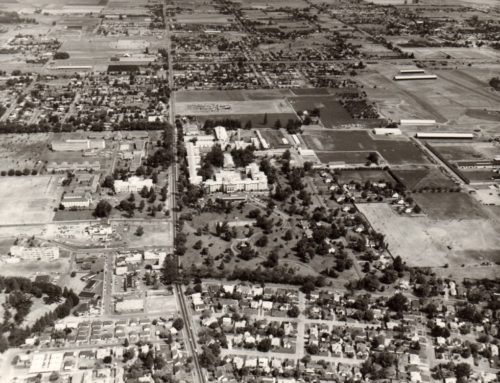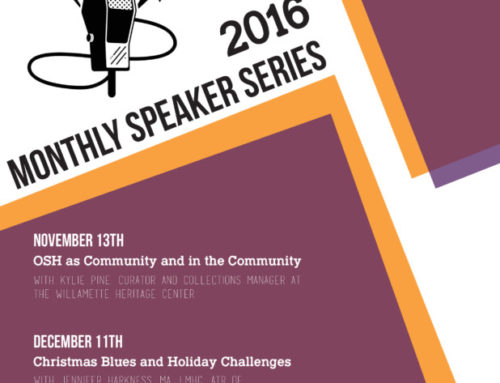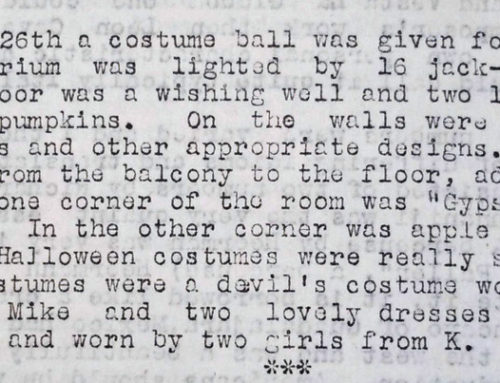Starting February 9, 1960, it became required for the superintendent of the Oregon Fairview Home (the name of Fairview at the time) to publish monthly reports to the Oregon government. At the time, these reports were important as they updated the government on the activities going on at Fairview and where their funding is going- basically a way to keep tabs on Fairview.

First page of the monthly report for January 1960 for the Oregon Fairview Home. Written by J.M. Pomeroy, the Oregon Fairview Home superintendent during this time. It was sent to: Governor Mark O. Hatfield, Secretary of State Howell Appling Jr. and State Treasurer Howard C. Belton.
However, these reports, alongside the biennial reports that were published, are very valuable in terms of research. The goal of these reports is talk about the new improvements and additions to Fairview, as well the progress of different departments within Fairview, such as the school, the farm, administration etc. The image on your left is the first page of the monthly report for January 1960 (same report as mentioned above). Notice how each individual paragraph discusses different improvements that Fairview had recently made. Take a look at the fifth paragraph down (left picture). It reads “There were 319 patients admitted during January, and probably there would have been more had it not been for a flu epidemic which occurred during the latter half of the month and felt it advisable to cancel any admissions during this time. There were approximately 300 patients involved during the current epidemic”. If you were to look at the admissions records for January 1960 without having read this document, how would you have known that the sudden decline in patients were due to Fairview closing admissions during this time? Also, how would you know that there was a flu epidemic that affected a good number of patients at Fairview (aside from reading nurses’ reports that you cannot access due to privacy laws that require a 75 year waiting period)? My point is that documents like these can provide valuable insight that you cannot get anywhere else, or could back up data and hypothesis that you, as a researcher, has put together.
~T
Image and document courtesy of the Oregon State Archives.



